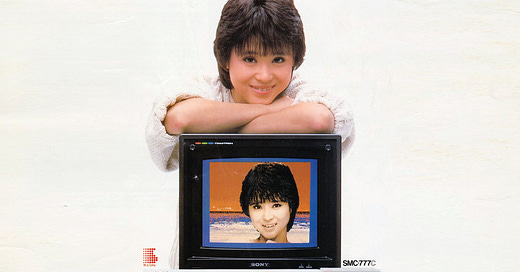In December 1980, Sony gathered the press at its Tokyo headquarters for an announcement that marked the beginning of a bold new chapter. The company, already a global force in televisions, cassette players, professional video systems, and everything in between, was about to step into a field it had never touched before.
On stage, executives unveiled two new machines: the Typecorder and the Series 35 word processor. With these products, Sony officially entered the growing world of office automation—the movement to replace typewriters, filing cabinets, and paper-driven workflows with electronic systems for creating, managing, and storing documents.
The Typecorder was a sleek, briefcase-sized device that combined a standard keyboard with a single-line, 40-character liquid crystal display. Instead of paper, it recorded text onto magnetic microcassette tapes capable of storing up to 120 pages. Priced around $1,400, it was designed for professionals like businessmen, journalists, and lawyers—…
Keep reading with a 7-day free trial
Subscribe to Obsolete Sony’s Newsletter to keep reading this post and get 7 days of free access to the full post archives.




